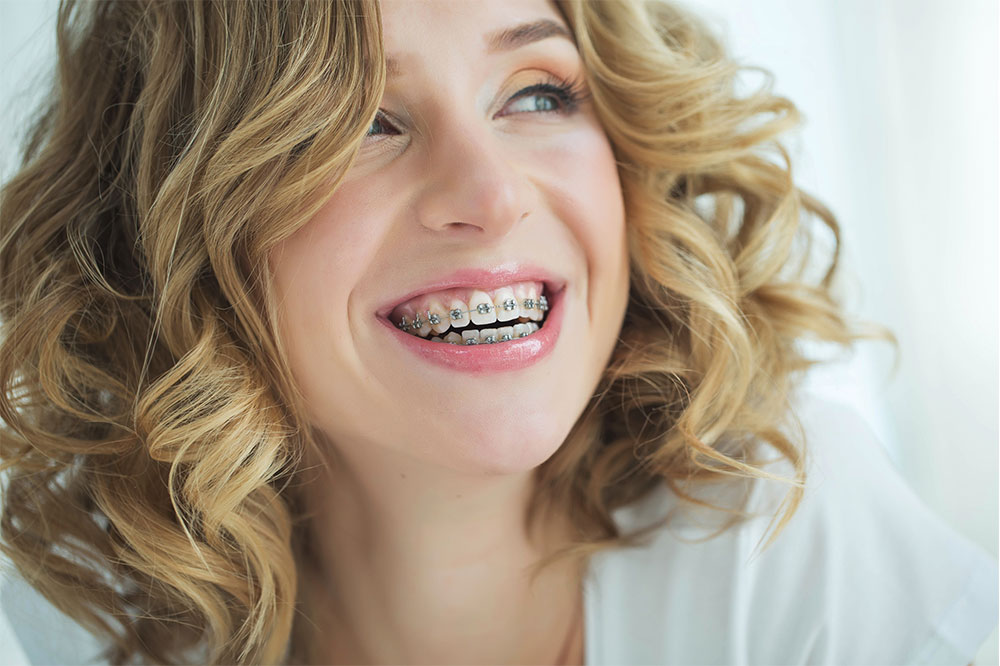A guide to adult braces

Braces are more than just cosmetic treatments as overlapping and misaligned teeth also cause issues like a greater susceptibility to tooth decay, improper bites that lead to facial pain, and more. Getting braces for teeth alignment is a thought that crosses the mind of every adult with misaligned or overlapped teeth. Here we have put together some basic information that might help you make your decision about getting those braces.
While the thought of perfectly aligned teeth is appealing, the results of getting adult braces and whether the procedure is worth the cost are some things that might pull you back. Also, although childhood is the ideal time to get any dental correction treatments done, even adult treatments show promising results nowadays.
How do braces work?
Orthodontics functions on the principle of aligning teeth in the desired position by applying pressure. An orthodontist relies on this principle to achieve the desired results with the help of mechanical devices that put pressure to force the subjected tooth or teeth to reposition.
Braces, whether for kids or adults, can be used to reposition multiple teeth at once and are extremely versatile. It is common to experience soreness or discomfort after having braces installed, but the pain can be treated with an over-the-counter pain reliever like ibuprofen.
Types of braces
For the longest time, people have avoided getting braces because they are afraid of how others will perceive it, and the concern is even greater when it comes to adult braces. While the “metal mouth” is the most common picture of braces that comes to mind, it is not the only option available:
- Traditional metal braces
The regular braces use gentle pressure to realign your teeth over time. These have brackets glued to the teeth and interconnected with a wire, which is tightened every 4-6 weeks, depending on the amount of change desired and the achieved results.
These adult braces stay for anywhere between 18 months and 3 years and cost approximately $3,000 to $6,000. - Ceramic braces
Ceramic braces are another option if the “metal in your mouth” smile is a cause of concern for you. The brackets of these braces are colored to blend in with the teeth, which means they are not so prominently visible.
These braces, however, cost more than their metal counterparts and can be priced between $4,000 and $8,000. - Lingual braces
Lingual braces tend to be costlier than both the conventional metal and ceramic braces. Installed on the back of the teeth, the difficulty of installation and adjustment is what makes them even more expensive.
These can land you a bill of anything from $8,000 to $10,000. - Invisalign
Invisalign moves ahead of brackets and uses clear plastic molds that can be worn over the existing teeth to achieve the desired alignment. These molds are changed after a set time, with the next one increasing the strain and helping correct the position of the teeth slowly and gradually. The only drawback here is the slowness of the procedure and the ineffectiveness in case of severe misalignment.
This treatment costs between $3,000 and $8,000.
Since braces are considered a cosmetic procedure, finding an insurance plan that covers the treatment is improbable. The few options that you can find only offer partial coverage, so you must speak to your orthodontist about the treatment. Ensure that you ask questions about the best brands and types of adult braces, the time required for the procedure, and other important aspects to be considered. Also, consider the time and effort required for care after getting the braces installed.



